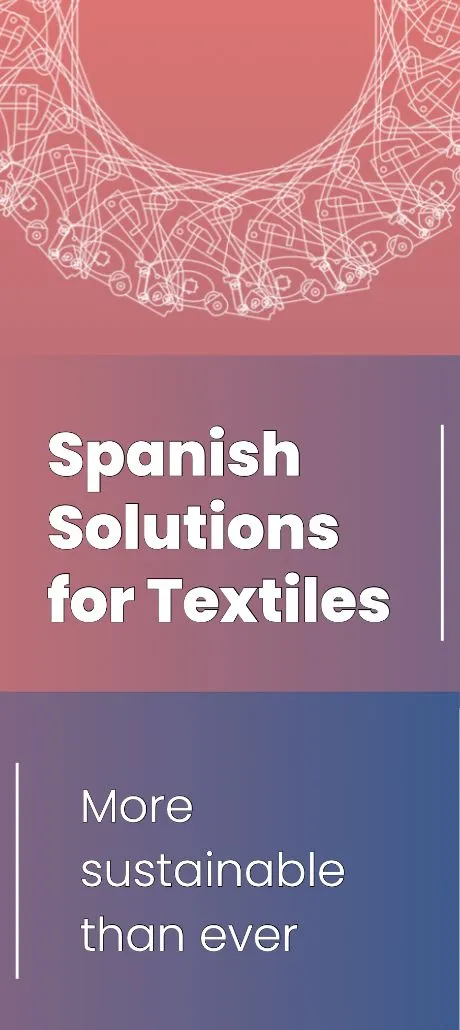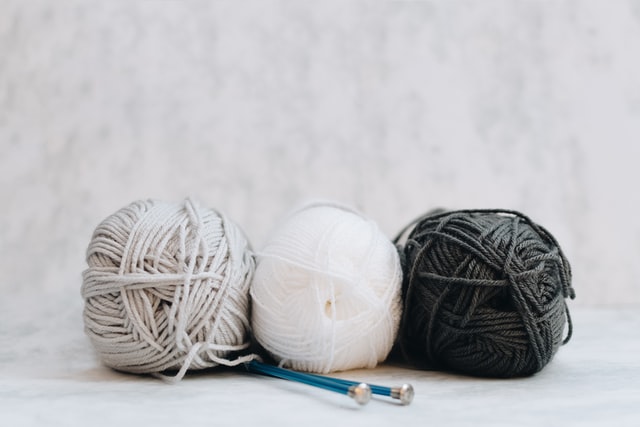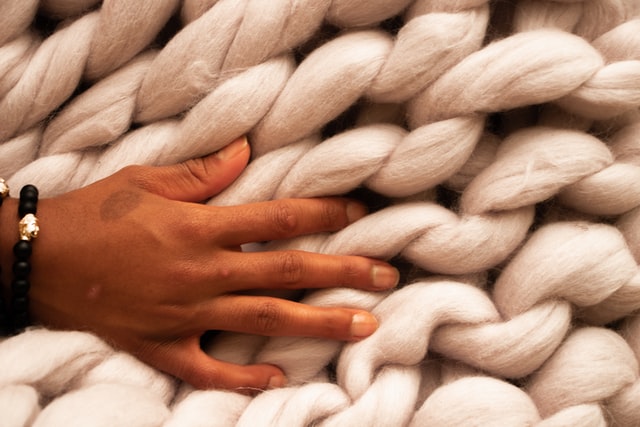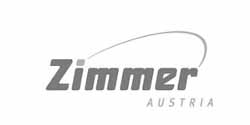By : Isabelle Jourdan
Sheep were among the first animals to be domesticated and it has been estimated that domestication began between 11.000 and 9.000 BC. in Mesopotamia and possibly around 7.000 BC. in the Indus Valley.
Archaeological evidence found in Iran suggests that the domestication of Sheep began there around 6.000 BC.
At the same time, sheep husbandry spread quickly in Europe.
Excavations show that people living near present-day Marseilles, France, were the first Europeans to keep domestic sheep.
European colonists took sheep to the new world from 1493 onwards.
Most types of domestic sheep in Europe, especially Britain, which is the quintessential sheep country, are descendants of the four main wild ancestors:
• the Urial sheep from the near-east and eastwards into Tibet.
• the Mouflon, which was once widely distributed across Europe.
• The Argali from central and northern Asia.
• The Bighorn, originating in north-east Asia and Siberia, which later extended throughout North America.
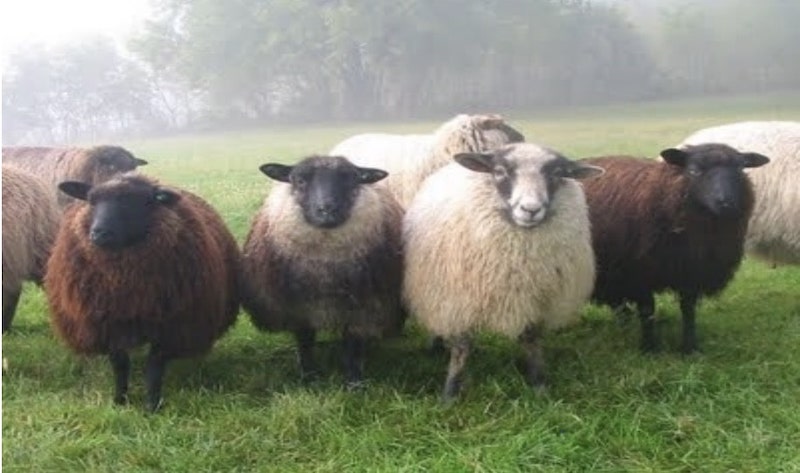
Mankind has depended on sheep for much of its history. They are also the oldest domestic animals and their use was ten-fold: wool, milk, meat, hide, fat, bone, blood, horn, gut and manure.
There are more than 200 breeds in existence. They are classified as being suited for a certain product or a combination in a dual-purpose breed e.g. wool and meat.
Sheep breeds are also categorised by their type of wool. Wool types vary from super soft, which is used for garments that are soft on the human skin, to coarse wool suitable for rugs, blankets, tents, carpets, bags etc.
A little sheep dictionary
female sheep = ewe
male sheep = ram or tup
baby sheep = lamb
group of sheep = flock
hogg = a weaned lamb
gimmer = female lamb
wether = castrated male lamb
polled = horns removed
shearling = after their first clipping
fleece = wool that has been shorn off a sheep in one piece
staple = a lock of wool
crimp = the number of waves along the length of each fibre
lustre = natural sheen of the wool
What is yarn?
Yarn is a continuous length of twisted fibres, natural or synthetic, for use in the production of textiles – weaving, sewing, knitting, crocheting, embroidery.
There are two main types of yarn:
1) the worsted spun yarn, is spun from fibres of fair length which have been combed to remove any short fibres and arranged to be as parallel as possible and kept thus while spinning.
It is a smooth, clear and somewhat compact yarn, excellent for clarity in any fabric, whether woven or knitted.
Worsted yarn is usually plied (folded) with tow or more individually spun threads.
2) the woollen spun yarn is usually spun from shorter, carded fibres using a technique which traps as much air as possible. It is spun in the traditional, woollen long-draw style which makes a soft, airy, lofty yarn. It can be spun as a single thread or plied (folded).
Woollen yarn traps the air in its structure and acts as an insulator, ideal for warm garments.
Yarn specification
Yarn comes in all lengths and thicknesses and materials which is called yarn specification.
The main specifications are:
• the material or materials from which it is spun.
• The size of the threads of which it is composed.
• The degree and direction of twist (S-twist or Z-twist).
Such specification enables identical yarn to be produced at any time.
The length of yarn is measured by the length of yarn which weighs one pound (yards per pound or metres per grams).
Below are listed some of the most common knitting yarn lengths.
Laceweigh(superfine) – 800m per 100g
Fingering or 4-ply – 445m per 100g
Sock yarn – 400m per 100g
Double Knitting (DK) – 345m per 100g
Medium – 200m per 100g
Aran – 100m per 100g
Those measures are only approximate depending on the manufacturer and the country of origin.
References:
-Philip Walling: Counting Sheep. A celebration of the Pastoral Heritage of Britain, published by Profile Books LTD, London, 2014.
-Mabel Ross: Encyclopedia of Handspinning, published by B.T.Batsford, London, 1988.
-Wikipedia.org
About Author:
Isabelle Jourdan found her passion for fibre in 2010 after a life-long search for the right medium to express her creativity. At that time, she and her English husband lived on the Greek island of Lesvos, running an organic olive farm.
During the quiet month of January, she signed up for a tapestry weaving workshop in the local village.
One hour into the lesson she became overwhelmed with joy and said: “Finally, I have found my craft!”
Whenever possible, she returned to her teacher to learn more until Isabelle and her husband move back to England in 2014.
There she joined the Devon Guild of Weavers, Spinners & Dyers and continued her learning. This included how to hand-process raw fleeces from sheep, goat and alpaca and to hand-spin the fibre into woollen and worsted yarn.
She began to create her own weaving yarn, which added a beautiful touch to her artwork, but she felt that there was something missing to create a truly holistic approach to her work. She learnt how to dye fibre and yarn with natural and synthetic dyes. This basic knowledge led her to experiment with colours and colour combinations. This, she realised, was the missing link.


